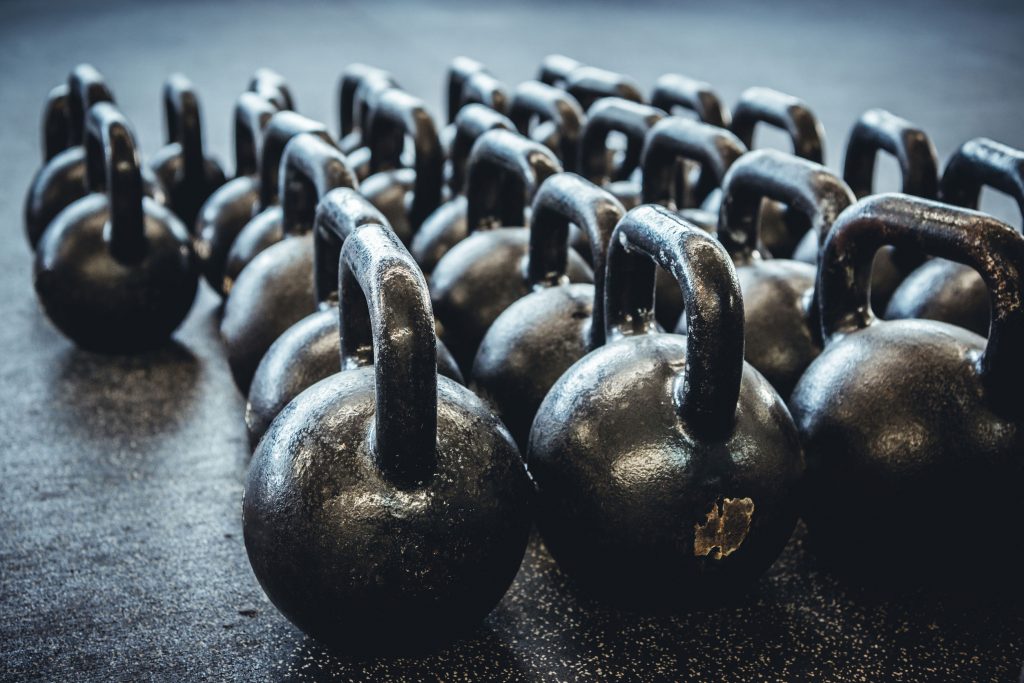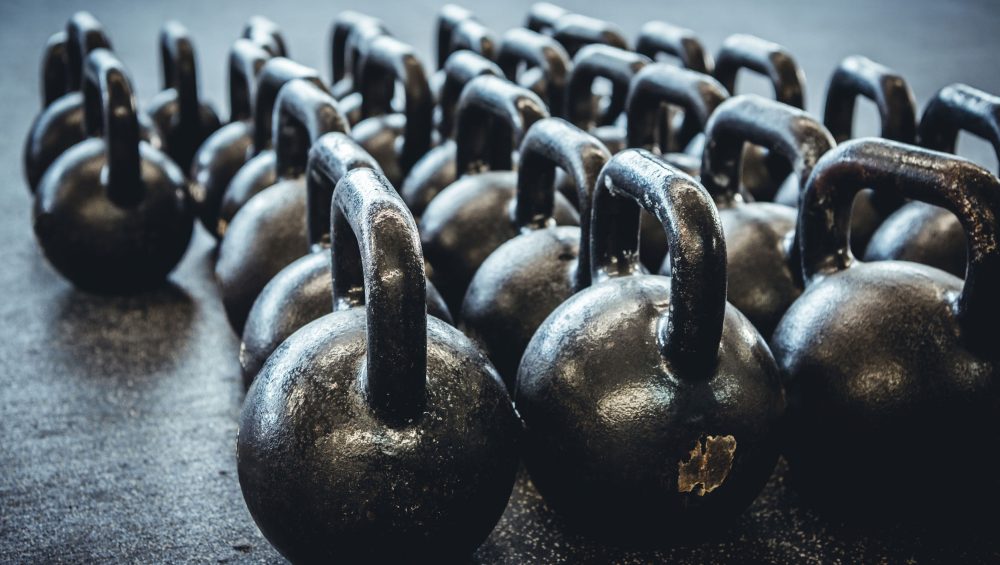I’ll be the first to admit my brain is a little lackluster. It doesn’t work in the same fashion as other coaches like, say, Ben Bruno, BJ Gaddour, or Meghan Callaway.
I’m often dumbfounded by all the practical (and inventive) ways they’re able to put their own spin on certain exercises and/or methodologies. I’ll watch a video or read an article and immediately think to myself “Well, I guess I’m an idiot for never thinking of that.”
Now, granted, giving credit where it’s due, when it comes to movie quotes or 90’s hip-hop trivia I’d be able to hang with the best of them:
- What was director Paul Thomas Anderson’s second feature film and is generally considered Mark Wahlburg’s breakthrough role?1
- What two albums were released on November 9, 1993 and are both considered hip-hop classics? ADDENDUM: These same albums were also the one’s I listened to most as a teenager in my bedroom, alone, not hanging out with chicks, ever. 2
But since we’re currently not hanging out in a bar playing Stump Trivia or on the set of what would arguably be the greatest game show of all-time, lets just chalk things up to me being an exercise comer-upper buffoon.
Today is no different.

In today’s iteration of Exercises You Should Be Doing I want to share a row variation I’ve been using a lot with my clients of late and one I think you’ll enjoy as well.
Anchored KB Row
Who Did I Steal It From?: Strength coach and co-owner of Ethos Fitness + Performance, Jessica Schour.
What Does It Do?: Jessica is a local coach here in Boston who reached out to me late last summer to help her with some programming/coaching.
She’s been working with me for several months on her barbell lifts and around month two or three we had the following interaction.
Me: “Here’s your program.”
Jessica (37 minutes later): “What’s this?” [Points to whatever single-arm row variation I had originally written down.]
Me: “Oh, that’s The-Most-Perfectly-Implemented-Variation-Of-a-DB-Row-Ever-Written-Into-a-Program .” [<— not the actual name].
Jessica: “Naw, fuck that, I’ll do these instead.” [Proceeds to perform KB Anchored Rows].
Me:
Okay, that’s not exactly how things went down.
In reality I think what ended up happening was Jessica was like “hey, I’ve been using these lately and really like them. What do you think?”
So, here’s what I think:
1. They’re a superb upper back/lat exercise. I’ve always liked “deadstart” or “deadstop” variations because:
- They help to “standardize” the exercise: Everyone has to start and stop at a given point.
- I like the subtle “reach” involved with the bottom portion of the lift. This helps aide better scapular mechanics/movement (shoulder blades moving around the rib cage and not stuck in place glued together the entire time).
- The fact one KB stays “anchored” on the floor at all times helps to keep people a little more honest and prevent too much body-english from coming into play.
2. The set-up very much mimics the deadlift. To that end I think this is a great accessory movement for anyone A) has a weak upper back and B) has trouble with too much rounding of the upper back during their deadlift.
Key Coaching Cues: I like to tell people to “find their hamstrings” upon the initial setup. As they bend over to grab the kettlebells on the floor, they should be situated in way where they feel a lot of tension in their hamstrings.
From there they’ll “row” the kettlebell up making sure their elbow doesn’t go past the midline of their body (avoid excessive glenohumeral extension) in addition to trying to maintain a 45(ish) degree torso angle throughout the duration of the set.
In short: try to limit torso rotation or creeping up as the set progresses.
Aim for 6-10 repetitions per side. Get jacked.



